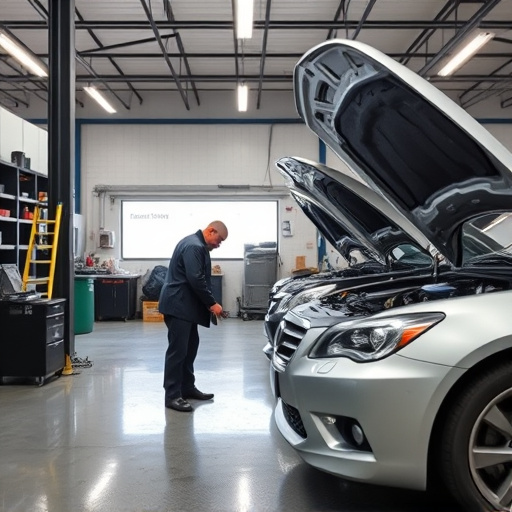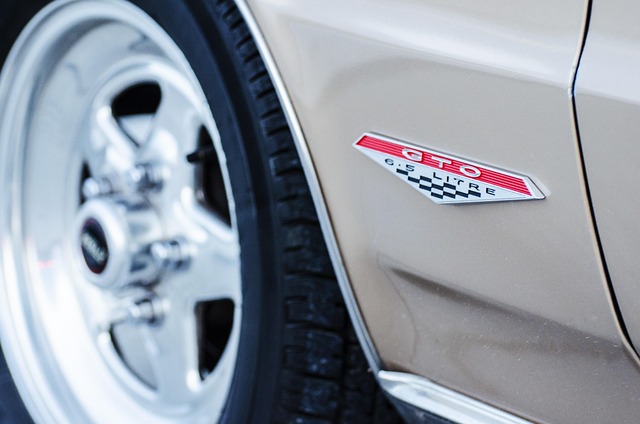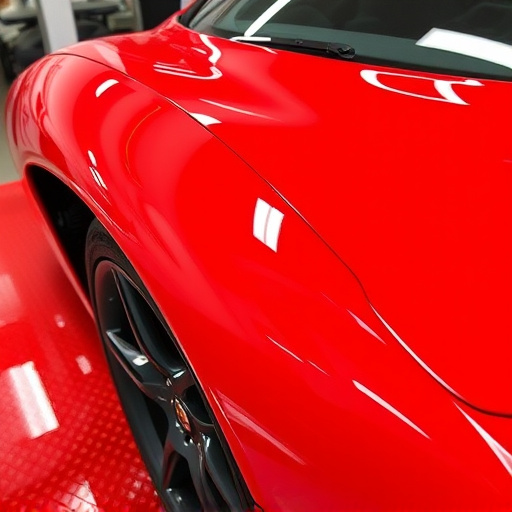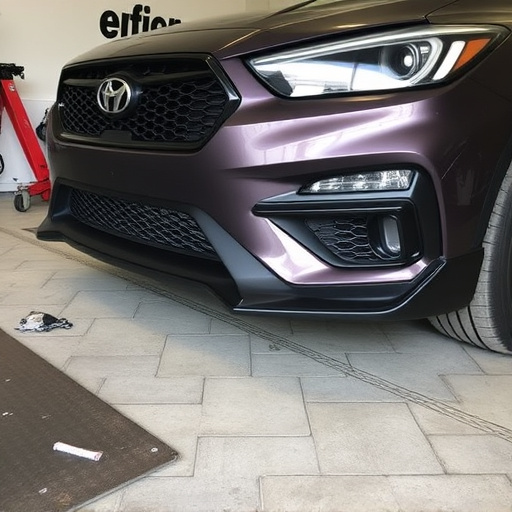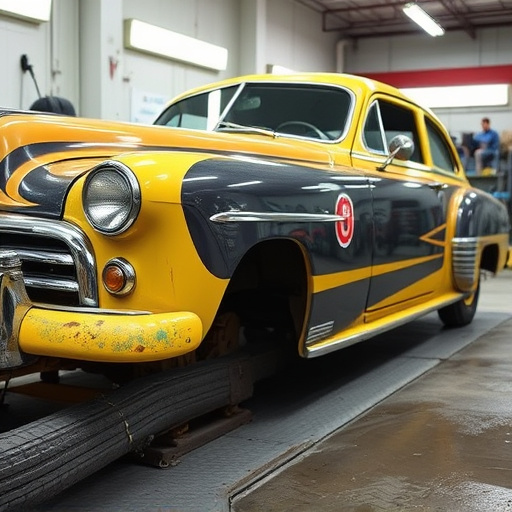The four-stage paint system is a meticulous process for achieving flawless, durable auto body finishes, particularly in Mercedes Benz repairs. It involves preparation, primer application, color coat, and clear coat stages, each building upon the previous to ensure seamless blending with original bodywork. This systematic approach ensures high-quality finishes while adhering to environmental standards by minimizing VOCs and waste through meticulous control of variables during each stage.
“Discover the transformative power of the four-stage paint system in industrial painting, a process designed for efficiency and environmental stewardship. This article explores its defining roles and intricate components, highlighting why it’s more than just a technique—it’s a sustainable solution. We’ll delve into global environmental compliance standards, their impact on paint manufacturing, and practical strategies for implementation. By the end, you’ll understand how this system drives both quality and ecological responsibility.”
- Understanding the Four-Stage Paint System
- – Definition and significance in industrial painting processes
- – Components and function of each stage
Understanding the Four-Stage Paint System
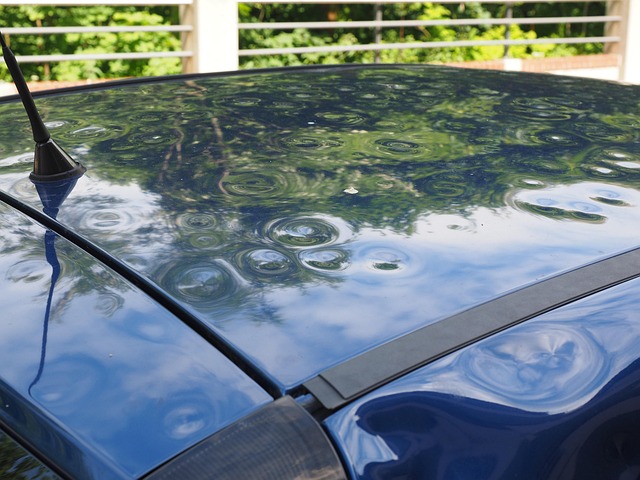
The four-stage paint system is a meticulous process designed to achieve flawless and durable finishes on auto bodywork, particularly in Mercedes Benz repairs. It involves four distinct stages: preparation, primer application, color coat, and clear coat. Each stage builds upon the previous one, ensuring a seamless blend that mimics the original vehicle bodywork.
This systematic approach starts with thorough surface preparation to remove any contaminants, followed by the application of a base layer known as primer. This primes the surface for optimal adhesion of subsequent coats. The color coat, as the name suggests, is where the desired shade is applied, offering both aesthetic appeal and protection. Finally, the clear coat provides an extra layer of defense against environmental elements, enhancing the overall durability and longevity of the vehicle’s finish, be it on a Mercedes Benz or any other auto bodywork.
– Definition and significance in industrial painting processes
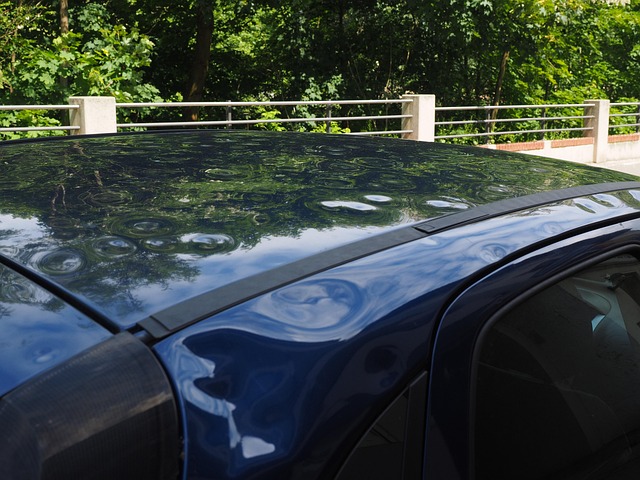
In industrial painting processes, the four-stage paint system stands as a cornerstone for achieving high-quality finishes while adhering to stringent environmental compliance standards. This robust system involves distinct stages: surface preparation, primer application, color coat, and clear coat. Each stage is meticulously designed to ensure optimal adhesion, enhance durability, and minimize environmental impact.
The significance of this approach lies in its ability to streamline the painting process for various applications, including auto dent repair, frame straightening, and fender repair. By separating each functional layer into distinct stages, manufacturers can better control variables like temperature, humidity, and drying times. This precision not only contributes to consistent outcomes but also facilitates compliance with environmental regulations by minimizing volatile organic compound (VOC) emissions and waste generation.
– Components and function of each stage
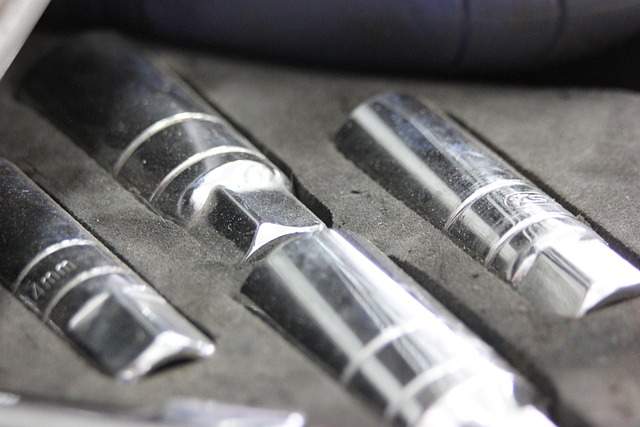
The four-stage paint system is a meticulous process designed to ensure optimal coating and environmental protection for vehicles undergoing auto collision center or automotive repair treatments. Each stage plays a crucial role in achieving a smooth, durable finish while adhering to stringent environmental compliance standards.
Stage one involves surface preparation where the damaged area of the vehicle is meticulously repaired and primed to create a clean base. This lays the foundation for subsequent layers, guaranteeing adherence and preventing rust formation. The second stage is application of the basecoat, which provides colour and initial protection. Following this, a clearcoat is applied in stage three, adding glossy finish and extra protective layer. Finally, the fourth stage involves curing and quality control checks to ensure the paint job meets high standards and complies with environmental regulations for vehicle restoration.
The adoption of a four-stage paint system represents a significant advancement in industrial painting, offering enhanced efficiency, improved environmental compliance, and superior coating quality. By meticulously separating and optimizing each stage—pre-treatment, primer, top coat, and cure—this system reduces waste, minimizes environmental impact, and ensures consistent performance. As regulatory standards continue to evolve, embracing this innovative approach is not just a best practice but an indispensable strategy for businesses aiming to stay competitive while upholding ecological stewardship.

